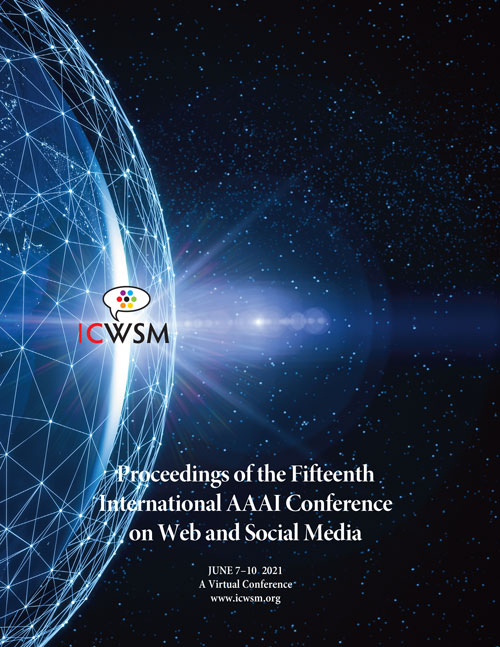Computational Analysis of Bot Activity in the Asia-Pacific: A Comparative Study of Four National Elections
DOI:
https://doi.org/10.1609/icwsm.v15i1.18098Keywords:
Social network analysis; communities identification; expertise and authority discovery, Credibility of online content, Subjectivity in textual data; sentiment analysis; polarity/opinion identification and extraction, linguistic analyses of social media behavior, Centrality/influence of social media publications and authorsAbstract
Bot-driven electoral disinformation represents a major threat to democracies worldwide. Extant scholarship, however, tends to concentrate around Western contexts. This paper undertakes a comparative computational analysis of bot activity during four recent elections in the Asia-Pacific. Through a systematic, multi-level comparison of bot activity, we contribute novel insights about shared and distinct computational features of the disinformation landscapes within a significant yet understudied geopolitical region. Across case studies in Indonesia, the Philippines, Singapore, and Taiwan, we find non-negligible levels of bot activity: bots engage in higher levels of tweet production; interact with humans especially through mentions; tend to occupy denser and more isolated communities; use simpler and abusive language; and share partisan, irrelevant, or conspiratorial content. We conclude with implications for deepening and utilizing the analysis presented here as well as future directions for further cross-national work.Downloads
Published
2021-05-22
How to Cite
Uyheng, J., & Carley, K. M. (2021). Computational Analysis of Bot Activity in the Asia-Pacific: A Comparative Study of Four National Elections. Proceedings of the International AAAI Conference on Web and Social Media, 15(1), 727-738. https://doi.org/10.1609/icwsm.v15i1.18098
Issue
Section
Full Papers

